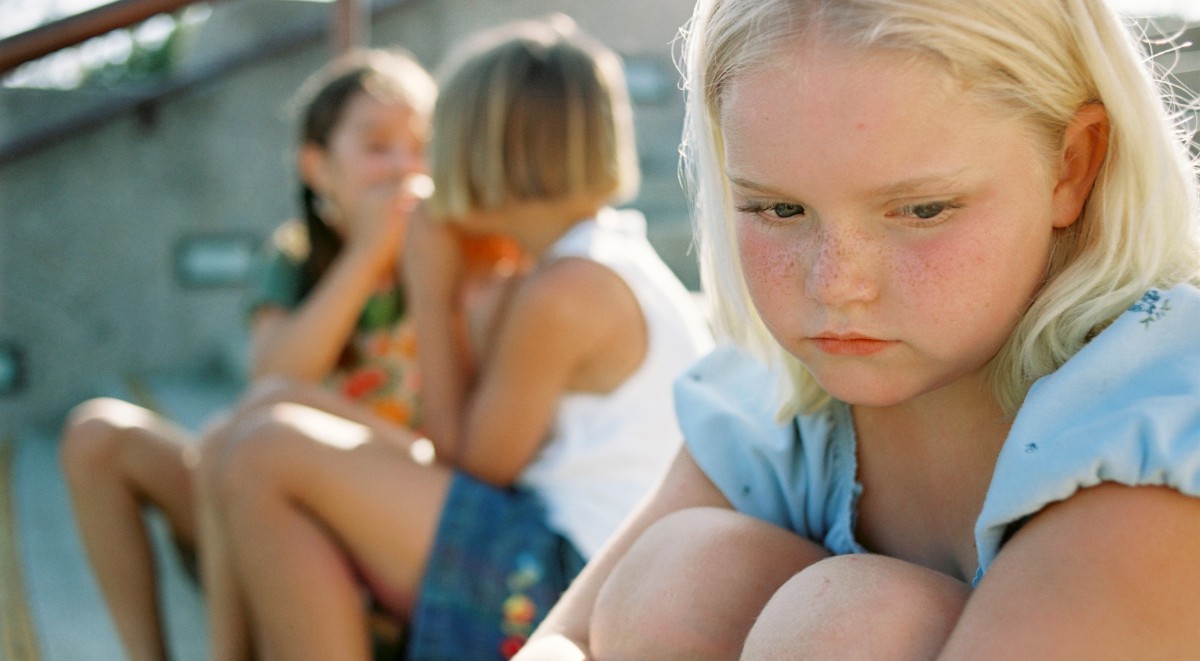
- If you walk or cycle to and from school, try to avoid areas where you will be on your own. Stay on main roads rather than going through parks, alley ways or fields. If possible, arrange to get to and from school with someone else - your brother or sister, or a friend. If you don’t feel safe, talk to your parents and see what can be done to make you feel safer.
- If you travel to and from school by bus, try to get a seat near the front, where the driver will be able to see you. If you get the bus with a friend, sit next to them. Remember all passengers on buses, regardless of whether it’s a school or public bus, should wear a seatbelt where provided.
- If you are bullied when walking or cycling to and from school, try to get away and immediately report what has happened to your parent or teacher. If it is a pupil from your school the teacher can help. If it is not a pupil from your school, the teacher can tell you how to get additional support. This might include changing your route or time of getting to and from school, or speaking with the PSNI and reporting the incident.
- If you are being bullied on a bus, report it to your parents and the school. If the bullying is severe, wait until the bus driver stops and then report it to him. If it is not possible to wait until the bus stops, alert the other passengers by saying calmly and loudly: ‘Please stop bullying me’. Bus drivers can confiscate pupils’ travel passes for bad behaviour, and parents of the person bullying and the school will be notified.
- Remember, bullying is always wrong, and if it is happening to you it is not your fault. If you see someone getting bullied try to help, by encouraging them to tell or by reporting what you have seen to an adult you trust. Everyone has a role to play in stopping bullying of children and young people.
